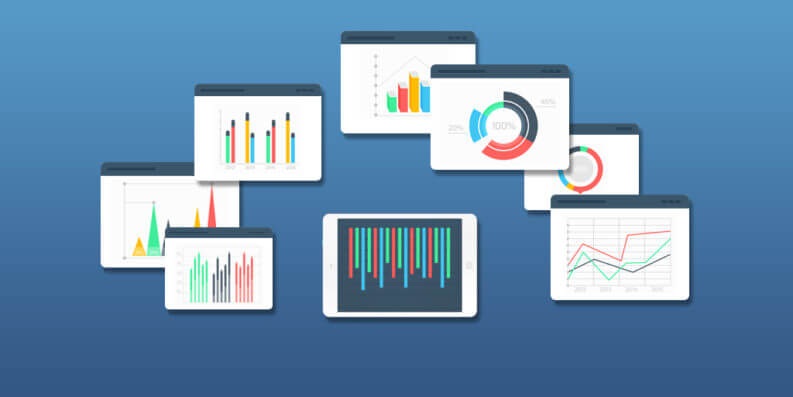Analysts and investors use various financial metrics to gauge the strength of the companies within the financial sector. Before we dig into that, let’s first discuss why the healthcare sector is an important sector for investors and analysts.
The Popularity of the Healthcare Sector
The healthcare sector is very popular for two main reasons.
First, it is considered by many as having stable industries that provide a good defensive play to help weather general economic or market downturns. Regardless of the state of the economy, people will still need healthcare. The consumer demand is less subject to huge drops because of economic conditions, even when hospitals and pharmaceutical revenues slip down.
Second, healthcare stocks are attractive to investors because the sector has consistently been one of the best performing sectors when it comes to growth. Among the factors that drive the companies in the sector are population that is in need of continual health services and the continued development in the fields of medical technology and pharmaceutical disease treatments.
Cash Flow Coverage Ratio
The cash flow coverage ratio is a good general evaluation metric, although it can also be particularly important for businesses such as hospital and medical entities. Since such companies usually have to wait substantial periods of time to acquire financial reimbursement from insurance companies or government agencies, having sufficient cash flow and good cash flow management is essential to their financial survival.
This ratio is determined by dividing operating cash flow, which you can get from a company’s cash flow statement, by total debt obligations. It tells something about the company’s ability to meet its financing obligations.
It is also a ratio considered quite important by potential lenders and therefore affects a company’s ability to acquire additional financing, if needed.
Debt to Capitalization
Healthcare companies usually have significant capital expenditures and substantial long term debt, so the long term debt to capitalization ratio is an important leverage ratio.
This ratio is calculated by dividing long term debt by debt to equity ratio. It basically tells how highly leveraged a company is in relation to its total financial assets. A ratio that’s higher than 1 can mean a precarious financial position for the company, in which its long term debts are greater than its total available capital. Analysts prefer to see ratios of less than 1 because this means lower overall financial risk level for a company.
Operating Margin
In equity valuations, analysts and investors usually consider the operating margin, which is one of the most important profitability ratios.
A company’s operating profit margin is the amount of profit that it makes from the sales of its products or services after deducting all production and operating expenses. However, it’s prior to consideration of the cost of interest and taxes.
The operating profit margin plays a vital role in determining a company’s potential earnings, meaning it’s also important in determining its growth potential. It is also considered to the best profitability ratio to assess how well-managed a company is, as the management of the basic overhead costs and other operating expenses is critical to the bottom line profitability of any company.
Operating margins differ widely in different industries and should be compared between similar companies.
Get the Wibest Broker Forex Education to help with Wibest Top Brokers.













Comments